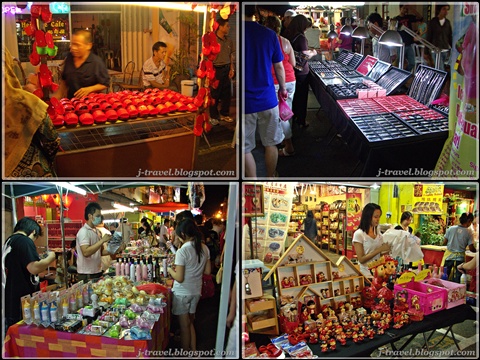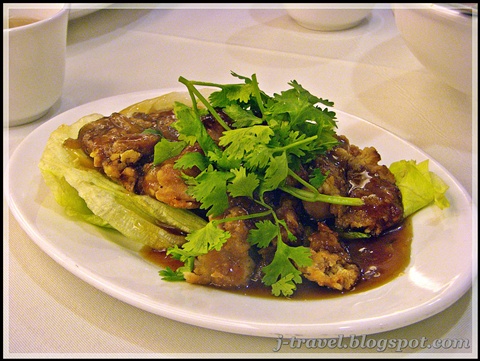deals with three books by people I know -- The Shanghai Moon, a detective story by S.J. Rozan, The Budapest Protocol, a political thriller by Adam LeBor and The Pages In Between, a memoir by Erin Einhorn. The books are very different, but they deals with how the Holocaust and associated with it, have an impact today.
RUTHLESS COSMOPOLITAN: Summer Reading and the Holocaust
By Ruth Ellen Gruber (July 29, 2009)
BUDAPEST (JTA) -- Summer's here and my recreational reading has included three books by people I actually know.
Each book is quite different from the others -- "The Shanghai Moon" by S.J. Rozan is a detective story; "The Budapest Protocol" by Adam Le Bor is a political thriller; and "The Pages In Between" by Erin Einhorn is a nonfiction personal memoir.
But they all have something in common: They use the Holocaust and the lingering impact of its memory as springboards for narratives that take place in the present. And fiction or nonfiction, all three books are gripping yarns that make readers think, as well as become lost in the story.
"The Shanghai Moon" is the latest in Rozan's award-winning series of mysteries featuring New York-based detectives Lydia Chin and Bill Smith. It hinges on the experiences of the more than 20,000 European Jews who found refuge in Shanghai, China, during the Shoah and on the fate of their looted belongings. The book is the first in her series in which Rozan explores Jewish themes. Like the other two authors, Rozan is Jewish.
"The Shanghai ghetto is a compelling aspect of Jewish and Holocaust history that gets almost no attention," Rozan told me when I asked her what prompted her to write about it. "Once I started the research, I was completely enthralled with these people's stories and thought that whole rich world needed to be brought to light.
"The past never stops reaching into the present,” she said. “In a sense, crime and mystery novels are all about making that clear, about bringing above the surface, as it were, how and when that happens.”
Rozan said she occasionally hears from people who were in the Shanghai ghetto or had family members there.
"They almost never encounter that time and place in fiction, and they're thrilled to see it," she said. "And I'm thrilled when they tell me my picture of it feels right to them."
"The Budapest Protocol" tells quite a different story. Le Bor, a veteran British journalist and author, sets his story in the Hungarian capital, where he lives. But he creates an alternative Budapest, using today's city -- including its former Jewish quarter -- as a backdrop for an imaginary political scene in which Nazi-inspired political forces gain power in a bid to take over Europe.
Le Bor told me he extrapolated from a 1944 U.S. intelligence document an account of a meeting of leading Nazi industrialists in the Maison Rouge Hotel in Strasbourg, France. They admit the war is lost but lay out their plans for the next Reich, the fourth, which will be an economic empire.
"I simply moved that meeting to the fictional Hotel Savoy in Budapest and took the story from there," the author said.
Le Bor described the book -- his first novel after several nonfiction books -- as weaving "past and present together, just like everyday life everywhere in Eastern Europe.
"We walk on pavements once trodden by the Gestapo and the [Hungarian fascist] Arrow Cross, we marvel at the beauty of the Danube, which within living memory was also a watery grave for thousands of Jews," he said.
"But Hungary, certainly more than its neighbors, is making real efforts to remember what was lost at numerous memorials and Holocaust commemoration ceremonies. It also celebrates what remains at events like the Jewish summer festival," an annual event at the beginning of September.
"Jewish culture," Le Bor said, "is an ever-richer part of Budapest life."
Erin Einhorn's nonfiction memoir, "The Pages In Between," gripped me as much as -- or more than -- any fictional thriller.
The Detroit News called it "a detective story framed as a memoir." The story's subplots, it said, "reveal how memory often distorts the truth, and how family legend is often colored in its retelling."
The book recounts Einhorn's attempts to find out the truth about how her mother, who was born in the Polish city of Bedzin in 1942, survived the Holocaust.
Einhorn, then in her 20s, moved to Poland for a year in 2001. She found the house in Bedzin that once belonged to her family, met the descendants of the Christian woman who took in her mother as a baby and became immersed in an ever-widening web of truths, half-truths, myth and deception.
A reporter with the New York Daily News, Einhorn uses her journalistic skills to record not only her search for her mother's past but also her search to understand the present -- and, in a way, her search for her own identity.
Along the way she presents an honest and intensely vivid appraisal of contemporary Poland, especially the nuances and contradictions that compose the complexities of Poland's centuries-old relationship with the Jewish world.
Sadly, Einhorn's mother died at age 59, just as Einhorn was embarking on her project. That loss becomes a milestone that turns Einhorn's book into not just a search for family history, but a coming-of-age chronicle that links the past with an open-ended future.
I stayed up well past midnight to finish it.
 The top left : Geographer Cafe (I can't stop myself to snap on the colonial structure everytime I pass by....
The top left : Geographer Cafe (I can't stop myself to snap on the colonial structure everytime I pass by.... Top left : Famous 'Knock-knock' Candy. You can hear the knocking sound even 150 meters away. It's located close to Geographer Cafe.
Top left : Famous 'Knock-knock' Candy. You can hear the knocking sound even 150 meters away. It's located close to Geographer Cafe.


 The night market will close on 12 midnight. The stalls will pack everything and the street will be silent after 1am.....
The night market will close on 12 midnight. The stalls will pack everything and the street will be silent after 1am.....













































